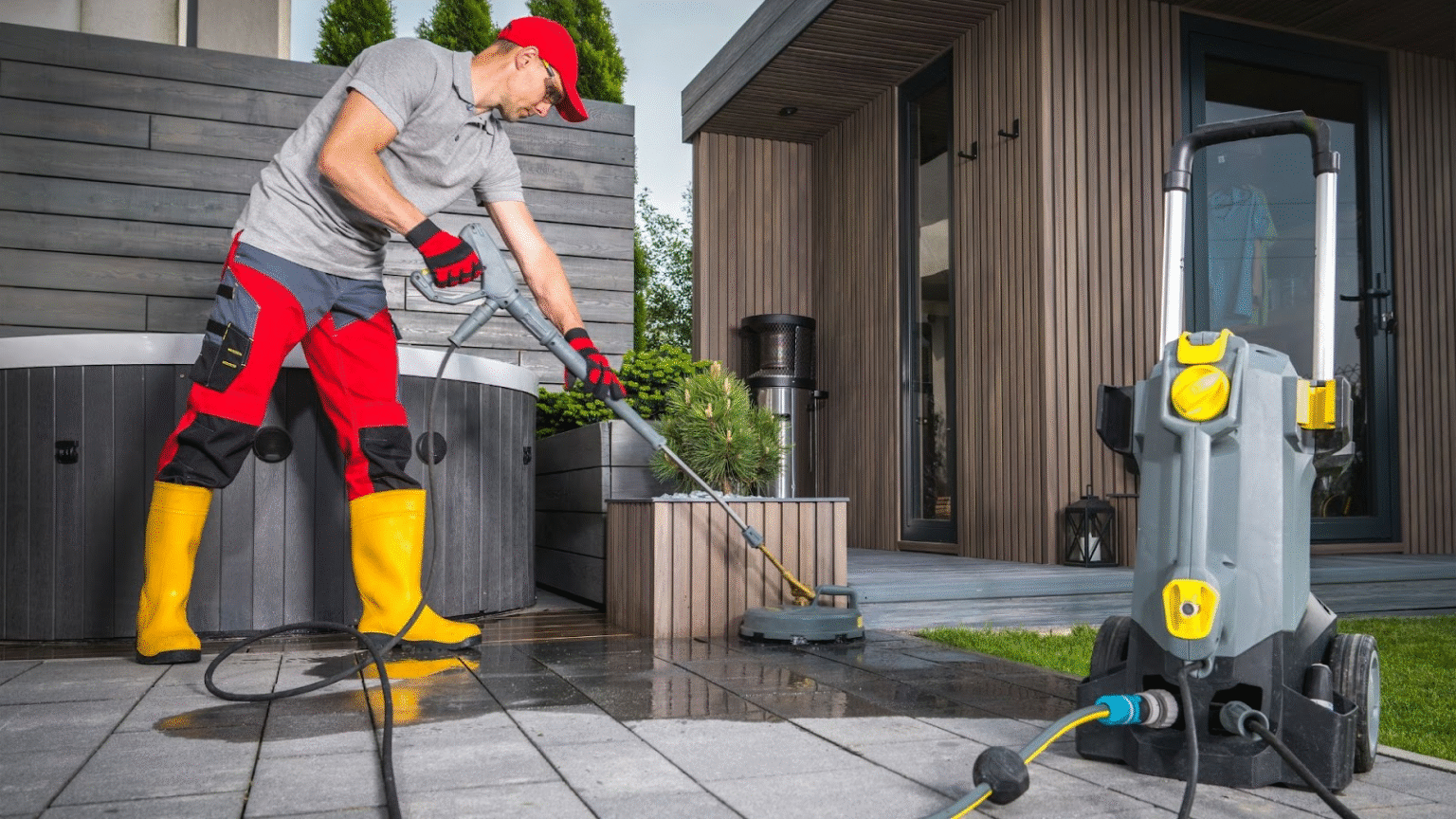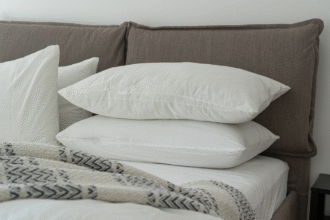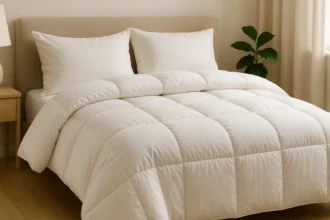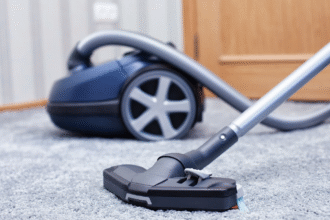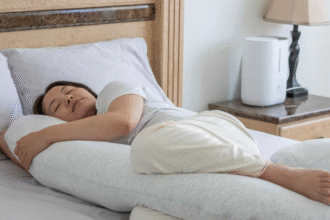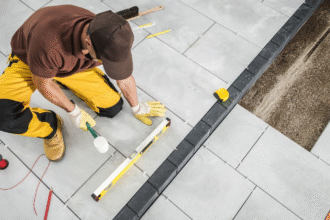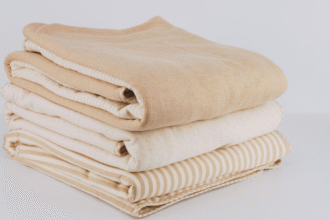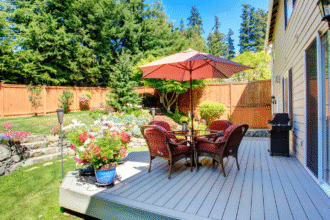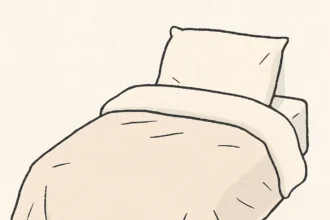Apart from the sitting area, the patio is a place to bond with the family over meals, and host friends. Over time, the surface of your pavers loses their shine, as dust, weeds, and stains settle in, and dirt dulls the natural tones of the stone or brick. Not to mention slippery moss, the pavers in dull shape are unsightly. This, of course, is why one ought to learn how to clean patio pavers. A patio can provide both aesthetic and functional value with its cleanliness ensured.
Why Patio Pavers Get Dirty
Patio pavers leftovers outside all year round, hence facing each and every season, year in, year out. In the case of pavements, moisture that has been in the form of rain usually remains together and sticks silt and salt for the pavements to dry. Rugged, dry heat has the other effect of cracking the moisture in pavers and fading dull colors. Wind, on the other hand, inundated silt along the borders of the leaf pavements.
Pavements in the gaps accumulated fading silt that the pavers made and used to form creepers, tendrils stems on the surface, and which paprika the snack pavements become squeezed. Moss is pulled by the limbs and when the atmosphere is saturated, Berkeley overtakes salt along with slow moisture viscosity, then it becomes slippery, and finally, pavers look quite very.
Best Methods for Cleaning Patio Pavers
Read best methods below to learn how to clean patio pavers.
1. Sweep and Rinse Regularly
The very first and at the same time the simplest way to maintain pavers is to stiff outdoor broom to keep dirt and debris from building up. You could follow that up with a quick rinse obviously, by using a garden hose.
2. Use Mild Soap and Water
For light stains, a bucket of warm water mixed with mild dish soap does wonders. Dip a brush with firm bristles into the mix and scrub the area. Rinse well with clean water so no residue remains. This method is safe for most surfaces and gentle enough for weekly use.
3. Pressure Washing for Deep Cleaning
When dirt has settled for a long time, simple scrubbing is not enough. In such cases, pressure washing patio pavers offers a stronger option. A pressure washer removes layers of grime, moss, and even light stains. While it delivers great results, it needs careful handling. Too much pressure can damage the surface or push sand out of the joints. Start with a low setting and work your way up until you find the balance that cleans without harm.
4. Remove Stubborn Stains with Vinegar or Baking Soda
Certain stains can be a puzzling mystery. Stains such as oil drips, grease spots and mildew seem particularly troubling. These can be tackled only using natural fixes. All one needs is a 50-50 vinegar and water solution, scrub the stain and allow it sit for a couple of minutes. Baking soda works marvelously here as well, particularly with grease stains. Gently sprinkle over the area, add minimal water till a paste is formed, scrub and rinse. Both these methods are completely safe for the environment.
5. Apply Specialized Paver Cleaners
A very few cup of stains could be a bit too stubborn for home hacks. In this scenario, special paver cleaners come into play. These cleaners are used for oil stains, rust or mildew on a paver surface. Use the instructions on the label and always do a small spot test first. Paver cleaners are a bit on the pricey side, however when used appropriately, they are able to give almost brand new results on surfaces.
Common Mistakes to Avoid
Common mistakes are not assumptions people should be overlooking. Consider how easy it is to remove paver stains. People assume they have gotten it right yet some fail to ease or abandon the instinct to clean bleach and even some spend almost an eternity waiting for the paver surface to dry. The point is that when and how much is cleaner is equally crucial.
One no longer enjoys the paver surface clean for long as it as it is stained over time. One feels they have spent and done the work for nothing. Money and time feels more than wasted. Unfortunately, that is most people have to rationalize it. People assume bleach works faster and skipping pressure works cheaper. Enthusiasm stains more than the paves themselves when common sense isn’t included.
DIY vs Professional Cleaning
For many homeowners, cleaning pavers on their own is both practical and affordable. DIY methods give you control and cost less than hiring help. Simple steps like sweeping, soap scrubbing, and natural stain removal keep your patio in good shape without heavy expense.
Still, some cases call for expert work. Very large patios or those with deep, stubborn stains may benefit from professional patio paver cleaning. Professionals use industrial tools and cleaners that achieve results beyond what home methods provide. They also know how to handle different paver materials without causing damage. While it costs more, it saves time and ensures long-lasting results.
Another Good Read: Best Coffee Makers Under $150
Conclusion
Your patio will remain stunning and in good shape only if you maintain it properly and consistently. Over time, dirt, weeds, and stains will not only impact the aesthetics but will also damage the surface. As long there is the right methodology, maintaining the patio will not take much time. Regularly sweeping and rinsing the patio and deep cleaning it with pressure washers and vinegar solutions will take care of the patio’scape. In the cases when more additional care is needed, there are various professional services and specialized cleaners available. By learning how to clean patio pavers, you gain control over the health and appearance of your outdoor space.

